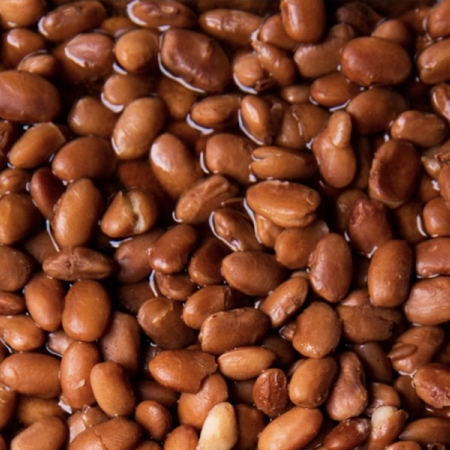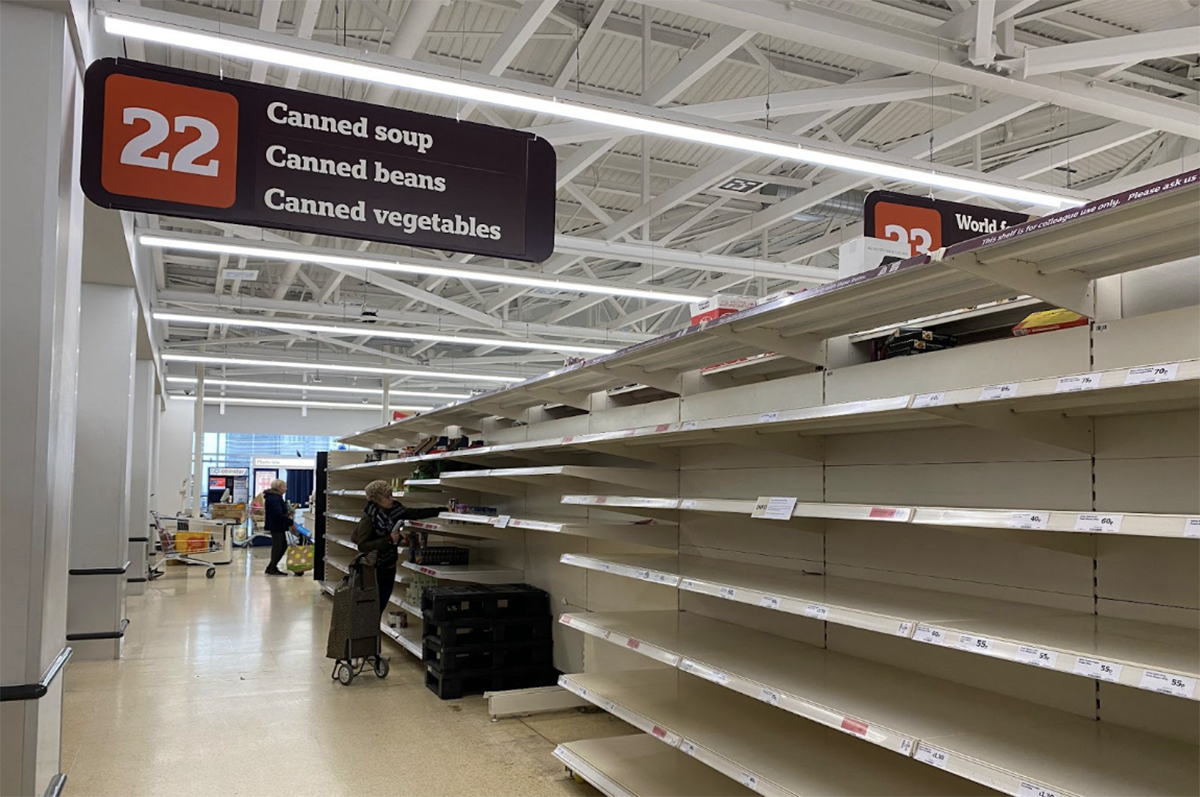January 5, 2023
Over the past few years, US pinto bean demand has appeared to increase due to increased exports and competitive prices. Are they eating more beans or is it an illusion? Luke Wilkinson investigates.


Over the last year, conversations with traders across Mexico and the Americas have suggested that internal demand for pinto beans in the USA has risen over recent years.
Obtaining accurate US demand data on beans is no easy task. In terms of crop numbers, data of the last five years of acreage in the US, as published by DW. Sturt and Co.’s North American Crop Report in October, state that pinto beans have seen a rise in acreage overall, up by 27% since 2018. Whether this rise reflects an increase in internal demand is another matter, as the same report approximates that the internal North American demand (US & Canada) of 683,200 tons in 2018 had only gone up by 2.5% by 2022.
To help provide a better understanding of US pinto demand and what is affecting it, industry experts Dylan Karley (North Central Commodities), Brian Clancey (STAT) and Charles Wachsmuth (Chippewa Valley Bean) weigh in on the situation as it stands.
According to Dylan Karley, general manager of North Central Commodities, a commodity trader in North Dakota, the perceived rise of pinto bean demand in the US is something of a mirage, with multiple causes.
At the idea of a supposed uptick in pinto demand, Karley suggests that bean demand in general hasn’t risen, “Most of it is fairly stagnant — especially pintos…Our demand has been dropping steadily.”
So what could be the explanation for the rumors of increased demand?
It has its roots, says Karley, in fluctuating production and demand throughout the pandemic.
“In 2019, we had a decent overall production in the United States — about 7.2 million bags (406,349 tons) — but it was lower than what US production would normally be*. Mexico in 2019 had a complete crop failure and weren't even able to seed half of it. So, in turn, at the end of the year they started buying up a ton of crop right at the US harvest and it put us into a North American shortage. Prices skyrocketed and then, early 2020, the world rolled into the pandemic.”
*US Pinto bean production in 2018 was around 511,175 tons - as per DW Sturt & Co data
The pandemic sent people to the shelves looking for long-lasting foods, which led to a sharp spike in internal purchases of beans overall. Some reports suggest that demand for dry beans shot up by between 40-50%.
At this stage, the 2020 market for pinto beans started to get tight.

The consumer rush for pulses in 2020 left shelves empty and US bean stocks low
“The US market got super tight because pandemic demand spiked,” continues Karley, "but it wasn't an increase in internal demand – It was just pandemic related.”
The pandemic spike is only one part of the potential explanation for a perceived rise in pinto demand. 2021 brought a reversal of fortunes for Mexico and the US in terms of production, with edible beans crops in the United States suffering from a severe lack of rain.
“95% of the edible bean growing area in the US fell under a severe drought, primarily in North Dakota, which grows about 65-70% of all pinto beans in the US,” explains Karley, “In 2021, our production was one of the lowest we've had in the past seven or eight years.”
North Dakota’s production in 2021 fell by over 50%. The total US production was just under half of the previous year’s bumper crop. The poor yields left US traders with a need to find more pinto beans but grower prices shot up due to increased demand and a short crop. As a result, traders would turn to Mexico to buy pinto beans, with price being an important factor.
“We had a grower price of nearly $48 to $50 per hundredweight,” says Karley, “which is very high historically in the US…Our production number was low because our yields were extremely low. Then Mexico had one of the best crops that they'd had in seven or eight years…We were basically at a place where the Mexican pinto was priced about $15 to $10 below the US Pinto.”
This, however, shouldn't be seen as a long-term change in internal demand for pintos, suggests Karley: “Eight out of ten years, Mexico is a net importer of pinto beans. Two out of ten years or one out of ten years, they have enough to perhaps export some. But it was a complete anomaly in 2021. You go now to 2022 where our prices are back on parity.”
This conclusion is something that Brian Clancey of Stat Publishing, a provider of agricultural data, backs up: “The USA needed to import pintos from Mexico last season because of a short crop, which creates the illusion of more usage.”
However, on the question of whether bean demand in the US could rise, Clancey is optimistic: “Overall, demand should trend upwards with the population and in the USA with the mix of people as usage is more pronounced among the Latin American population.”
Food trends could also be a decisive factor in internal demand, says Charles Wachsmuth, of Chippewa Valley Bean in Wisconsin, who suspects that black bean and pinto bean demand could rise due to their prevalence as important ingredients in US cuisine: “I would argue that across the board we're seeing an increase in bean consumption in the United States. Year on year, that's probably bigger in black beans and pintos because in the US, most people's exposure to beans comes from Mexican and Tex-Mex food and Tex-Mex is a very easy cuisine to replicate in your own home.”
Dylan Karley believes the tendency towards Mexican and Tex-Mex will favor black beans over pintos: "Black beans have become super trendy and are beginning to become ingrained…the Chipotle restaurants, the Qdova restaurants and all the south-west fast casual restaurants that caught on primarily use black beans.”
The Mexican restaurant sector in the United States is thriving, with significant growth over the short term and over a 10 year period. From 2012 to 2022, the size of the sector rose from $45.4 billion to a predicted $76.69 billion - a nearly 70% increase. It is predicted to have grown by around 20% between 2020 and 2022. As black beans and pinto beans are both key ingredients across the industry, it seems likely that demand will increase along with the industry, even if it is difficult to predict the extent to which it will climb.

Many US Tex-Mex chains use black and pinto beans as a main ingredient
Dylan Karley believes the tendency towards Mexican and Tex-Mex will favor black beans over pintos: "Black beans have become super trendy and are beginning to become ingrained…the Chipotle restaurants, the Qdova restaurants and all the south-west fast casual restaurants that caught on primarily use black beans.”

Pinto beans / USA / Mexico / DW. Sturt and Co. / Dylan Karley North Central Commodities / Brian Clancey STAT / Charles Wachsmuth Chippewa Valley Bean
Disclaimer: The opinions or views expressed in this publication are those of the authors or quoted persons. They do not purport to reflect the opinions or views of the Global Pulse Confederation or its members.